- Choosing the right location
- Sun Exposure
- Soil Conditions
- Watering Requirements
- Climate
- Space
- Proximity to Other Plants
- Preparing the soil
- 1. Choose the right location
- 2. Clear the area
- 3. Test the soil
- 4. Improve soil drainage
- 5. Dig the planting hole
- 6. Backfill with amended soil
- 7. Mulch the area
- 8. Water thoroughly
- Selecting the right planting time
- Watering and fertilizing
- Pruning and training techniques
- Regular pruning
- Training techniques
- Special considerations
- Pest and Disease Control
- Pests
- Diseases
- Harvesting and storage
- Troubleshooting common issues
- 1. Leaf discoloration
- 2. Poor growth
- 3. Pest infestation
- 4. Wilting or drooping leaves
- 5. Excessive leaf drop
- 6. No flowers
- 7. Curling or distorted leaves
- Questions and Answers:
- What is Dierwilla?
- What are the ideal conditions for growing Dierwilla?
- How do I plant Dierwilla?
- When is the best time to plant Dierwilla?
- How often should I water Dierwilla?
- Videos: In the show garden with Nightglow™ Diervilla – Bloomin’ Easy®
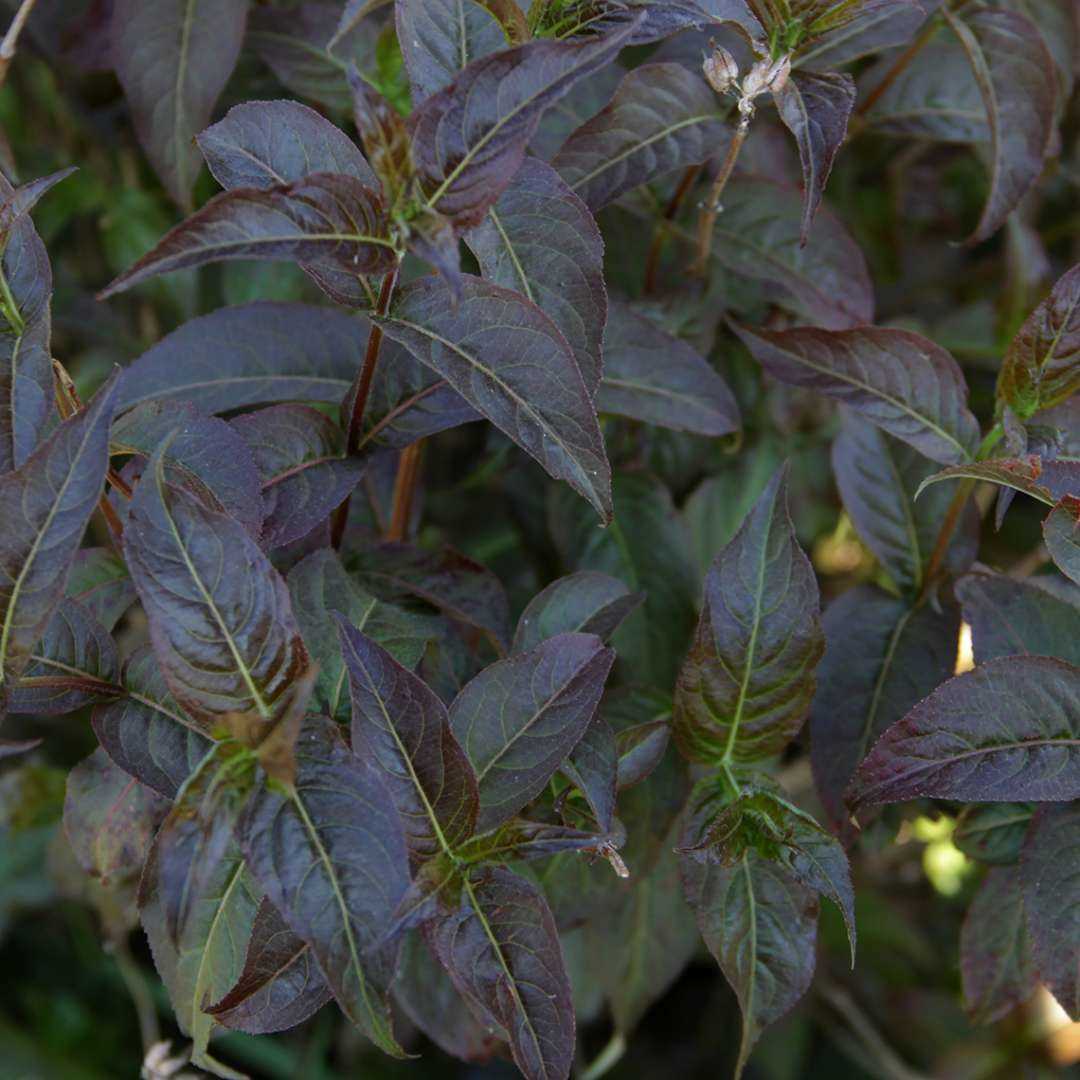
Dierwilla, also known as leatherleaf, is a beautiful flowering shrub that can add color and texture to any garden or landscape. With its vibrant yellow flowers and dark green leaves, dierwilla is a popular choice among gardeners. However, in order for this plant to thrive, it requires specific conditions and proper care. In this article, we will provide you with tips for planting dierwilla and creating ideal conditions for its growth.
When it comes to planting dierwilla, it is important to choose the right location. Dierwilla requires full sun to partial shade, so make sure to select a spot in your garden that receives enough sunlight throughout the day. The soil should be well-draining and moist, as dierwilla does not tolerate wet feet. Before planting, it is recommended to add organic matter, such as compost, to the soil to improve its fertility and drainage.
Once you have selected the perfect spot for your dierwilla, it’s time to dig a hole for planting. The hole should be slightly larger and deeper than the root ball of the plant. Gently remove the dierwilla from its container, being careful not to disturb the roots too much. Place the plant in the hole and backfill with soil, firming it gently around the base. Water the plant thoroughly after planting to help settle the soil and remove any air pockets around the roots.
After planting, it is important to provide dierwilla with regular care and maintenance. Water the plant deeply and regularly, especially during dry periods, to keep the soil consistently moist. Adding a layer of organic mulch around the base of the plant can help retain moisture and suppress weed growth. Prune dierwilla in late winter or early spring to remove any dead or damaged branches and promote new growth.
“Dierwilla is a stunning addition to any garden, with its bright flowers and glossy leaves. By following these planting tips and providing ideal conditions, you can enjoy the beauty of dierwilla for years to come.”
In conclusion, growing dierwilla requires careful consideration of its planting location and ideal conditions. By choosing a sunny spot with well-draining soil, providing regular watering and maintenance, and pruning as needed, you can ensure the success and longevity of your dierwilla plant. So go ahead, plant dierwilla in your garden and enjoy its vibrant beauty!”
Choosing the right location
When planting Dierwilla, it is important to choose the right location to ensure optimal growth and health of the plant. Here are some factors to consider when selecting a location:
Sun Exposure
Dierwilla plants thrive in full sun or partial shade. It is important to choose a location that receives at least 6 hours of direct sunlight for healthy growth. However, in hotter regions, providing some shade during the hottest parts of the day can prevent the plant from getting sunburned.
Soil Conditions
The soil should be well-draining to prevent waterlogged roots, which can lead to root rot. Dierwilla plants prefer slightly acidic to neutral soil with a pH level between 6.0 and 7.0. Conduct a soil test to determine the pH level and make any necessary amendments to adjust the acidity.
Watering Requirements
Consider the water requirements of Dierwilla when choosing a location. Avoid areas prone to flooding or where water tends to accumulate, as excessive moisture can cause root rot. On the other hand, make sure the location provides easy access to water for regular irrigation, as Dierwilla plants require consistent moisture.
Climate
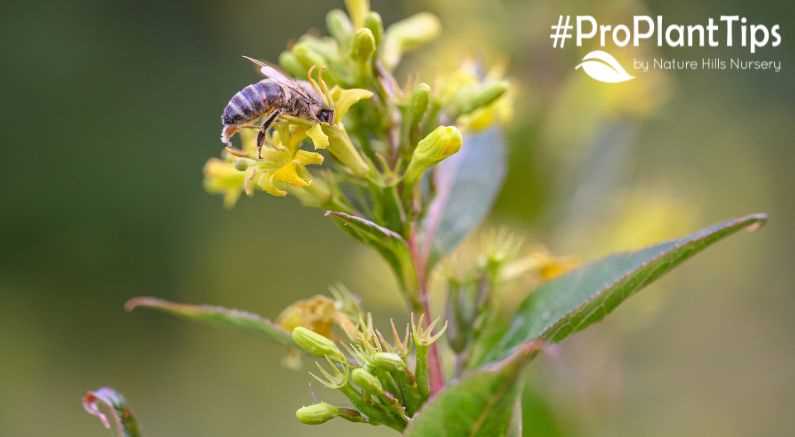

Dierwilla plants are hardy in USDA zones 5-9. Consider the climate of your region when selecting a location. Ensure that the location provides the right temperature range for the plant, avoiding extremes in heat or cold that can stress or damage the plant.
Space
Take into account the mature size of Dierwilla plants when choosing a location. They can grow up to 4-6 feet tall and wide, so make sure there is enough space for the plant to spread its branches without obstruction.
Proximity to Other Plants
Consider the proximity of other plants when selecting a location for Dierwilla. Avoid planting it too close to other plants that may compete for nutrients and water. Giving it enough space will also ensure good air circulation, which can prevent fungal diseases.
By carefully considering these factors, you can choose the right location for planting Dierwilla and provide it with the ideal conditions for healthy growth and abundant blooms.
Preparing the soil
Before planting your Dierwilla, it is important to prepare the soil properly to ensure its growth and development. Here are some steps to follow:
1. Choose the right location
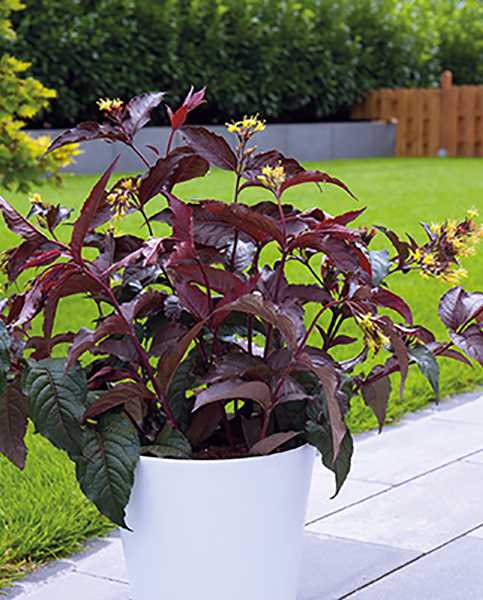

Dierwilla plants thrive in well-drained soil and require full sun or partial shade. Choose a location that receives at least 6 hours of sunlight per day. Avoid areas with heavy clay soil or standing water.
2. Clear the area
Remove any weeds, grass, or other plants from the area where you plan to plant the Dierwilla. Clearing the area will help reduce competition for nutrients and water.
3. Test the soil
Conduct a soil test to determine its pH level and nutrient content. Dierwilla plants prefer slightly acidic to neutral soil, with a pH range of 5.5 to 7.0. Based on the test results, you can amend the soil accordingly to create the ideal growing conditions for your Dierwilla.
4. Improve soil drainage
If the soil in your chosen location has poor drainage, you can improve it by adding organic matter, such as compost or well-rotted manure. This will help loosen compacted soil and promote better drainage.
5. Dig the planting hole
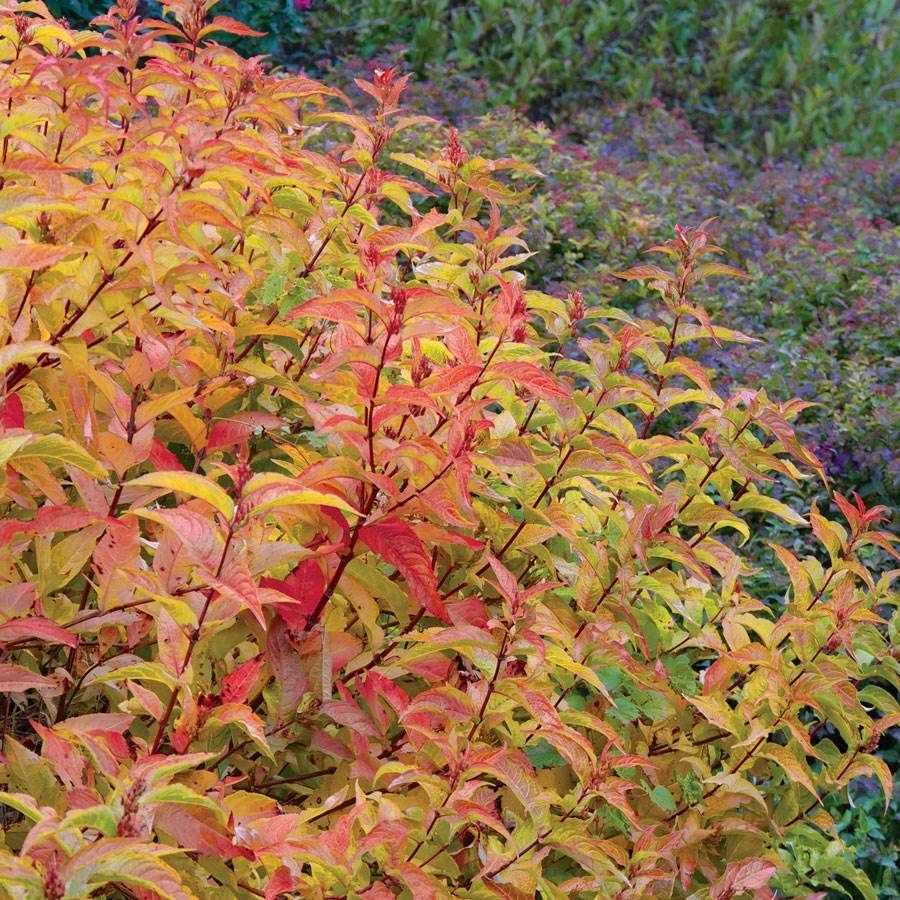

Dig a hole that is slightly larger and deeper than the root ball of the Dierwilla plant. This will allow the plant’s roots to spread out and establish themselves more easily.
6. Backfill with amended soil
Fill the planting hole with a mixture of the amended soil and the soil that was removed when digging the hole. Gently firm the soil around the plant to eliminate any air pockets.
7. Mulch the area
Spread a layer of mulch around the base of the Dierwilla plant to help retain moisture, suppress weed growth, and regulate soil temperature.
8. Water thoroughly
After planting, water the Dierwilla thoroughly to help settle the soil around the roots and provide initial hydration. Continue to water regularly, keeping the soil consistently moist but not waterlogged.
By following these steps, you can ensure that your Dierwilla has the best possible growing environment, promoting healthy growth and beautiful blooms.
Selecting the right planting time
Choosing the right time to plant your dierwilla is crucial for its successful growth and development. The right planting time will ensure that the plant has the best chance of establishing itself and thriving in its new environment.
Factors to consider when selecting the planting time:
- Climate: Dierwilla plants prefer to be planted when the weather is mild and temperatures are moderate. Avoid planting during extreme heat or cold, as these conditions can stress the plant.
- Soil temperature: The soil temperature should be warm enough for the plant to root and establish itself. A soil temperature of around 60°F (15°C) is ideal for dierwilla planting.
- Frost risk: Frost can damage or kill young dierwilla plants, so it’s important to avoid planting them when there is still a risk of frost in your area. Check your local frost dates to determine the best time to plant.
- Growth cycle: Dierwilla plants are deciduous and go dormant in the winter. It’s best to plant them in the spring, when they are coming out of dormancy and starting their growing season.
By considering these factors, you can select the right planting time for your dierwilla plants, giving them the best opportunity to thrive in their new home. It’s always a good idea to consult with local gardeners or experts for specific planting recommendations based on your geographical location.
Watering and fertilizing
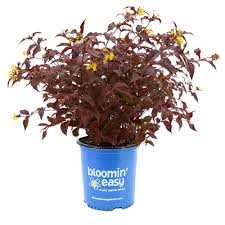

Watering:
- Water your Dierwilla plants deeply and thoroughly, ensuring that the soil is evenly moist.
- Make sure the plant is adequately hydrated, especially during the hot summer months.
- Check the soil moisture regularly by sticking your finger into the soil. If it feels dry up to about an inch below the surface, it’s time to water.
- Avoid overwatering, as this can lead to root rot. Dierwillas prefer slightly moist soil, not soggy conditions.
- Consider using a drip irrigation system or soaker hoses to provide consistent moisture to the roots.
Fertilizing:
- Feed your Dierwilla plants with a balanced, slow-release fertilizer in early spring, just before new growth emerges.
- Choose a fertilizer with a NPK ratio of 10-10-10 or 14-14-14 to provide the necessary nutrients.
- Apply the fertilizer according to the package instructions, usually spreading it evenly around the base of the plant.
- Avoid over-fertilizing as it can cause excessive foliage growth at the expense of flowering.
- Aim to fertilize once every 4-6 weeks during the growing season to promote healthy growth and abundant blooms.
Additional tips:
- Consider mulching around the base of the plant to help retain moisture and regulate soil temperature.
- Ensure proper drainage to prevent waterlogging, which can lead to root problems.
- Regularly monitor your plants for signs of overwatering or nutrient deficiencies.
By following these watering and fertilizing guidelines, you can ensure that your Dierwilla plants thrive and bring beauty to your garden. Remember, each plant may have specific requirements, so it’s always a good idea to consult specific care instructions for your particular Dierwilla variety.
Pruning and training techniques
Regular pruning
Regular pruning is essential for maintaining the shape and health of Dierwilla plants. It helps to remove dead or damaged branches, promote air circulation, and stimulate new growth. Pruning should be performed during the dormant season, typically in late winter or early spring.
Steps for regular pruning:
- Start by removing any dead or diseased branches using clean, sharp pruning shears.
- Next, remove any crossing or rubbing branches to prevent damage and promote a more open and balanced canopy.
- Prune back any overly long or leggy branches to encourage bushier growth.
- Trim the tips of the branches to maintain the desired shape and size of the plant.
Training techniques
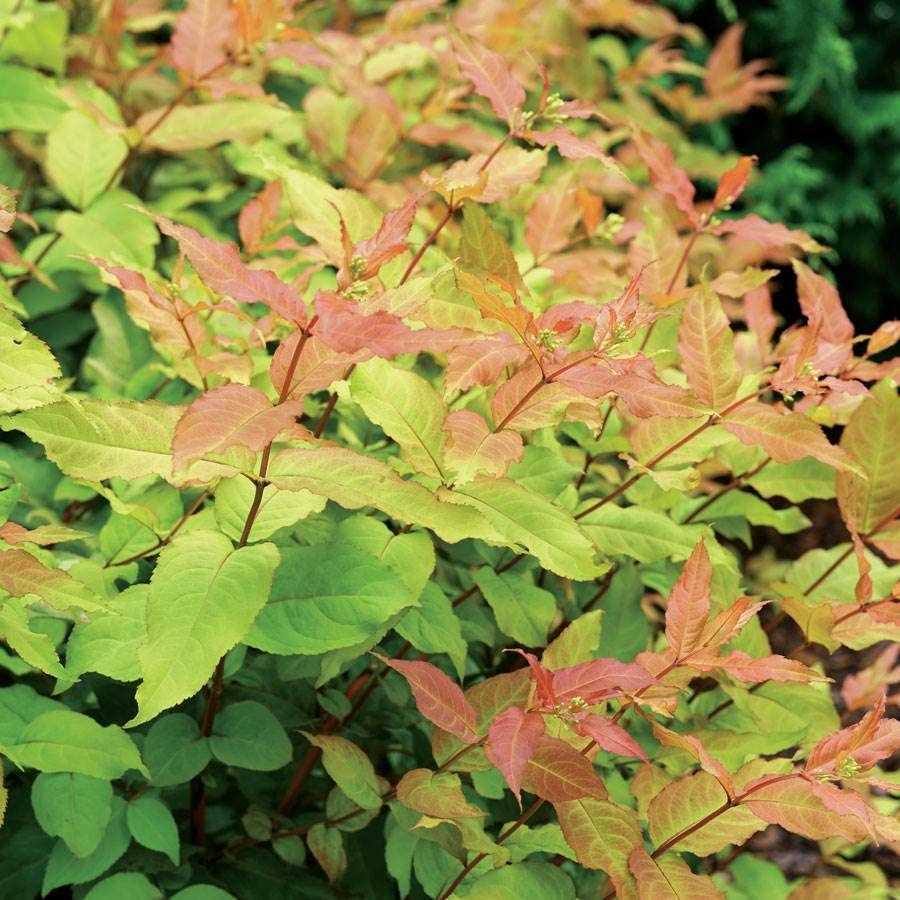

Training techniques can help shape Dierwilla plants to grow in a specific direction or form. They are often used to create formal hedges, topiaries, or espaliers.
Common training techniques include:
- Pruning to a framework: This technique involves pruning the main branches to create a basic framework shape, such as a pyramid or cone, and then regularly trimming to maintain this shape.
- Training on a trellis or support: Dierwilla plants can be trained to grow along a trellis or support structure, which helps create a specific pattern or form.
- Topiary pruning: By careful and precise pruning, Dierwilla plants can be shaped into various topiary forms, such as balls, cones, or spirals.
Special considerations
When pruning and training Dierwilla plants, it is important to keep a few key considerations in mind:
- Sanitize your tools: Always make sure to clean and sanitize your pruning tools before and after each use to prevent the spread of diseases.
- Take it slow: Don’t remove more than a third of the plant during pruning. Gradual pruning will yield better results and minimize stress on the plant.
- Know your plant: Different Dierwilla varieties may have specific pruning needs. Research the specific requirements for your plant to ensure proper care.
By following these pruning and training techniques, you can help keep your Dierwilla plants healthy, well-shaped, and thriving.
Pest and Disease Control
Dierwillas are generally resistant to pests and diseases, but it is still important to monitor and take necessary actions to prevent any potential issues. Here are some common pests and diseases that you should be aware of when growing Dierwilla:
Pests
- Aphids: These tiny insects love to feed on plant sap and can cause deformities in Dierwilla leaves. Regularly inspect your plants for aphids and take immediate action to control their population.
- Spider Mites: These microscopic pests create small webs and suck the sap from leaves, causing yellow spots and leaves to wither. Use neem oil or insecticidal soap to control spider mite infestations.
- Whiteflies: These small, winged insects can be found on the undersides of leaves. They feed on plant sap and excrete sticky honeydew, which attracts ants and causes sooty mold. Use yellow sticky traps or insecticidal soap to control whiteflies.
- Caterpillars: Certain caterpillars can devour Dierwilla leaves, leading to defoliation. Check your plants regularly and remove caterpillars by hand or use an environmentally friendly pesticide if necessary.
- Root Knot Nematodes: These microscopic worms live in the soil and can attack the roots of Dierwilla, causing stunted growth and yellowing of leaves. Crop rotation and using nematode-resistant varieties can help control root knot nematodes.
Diseases
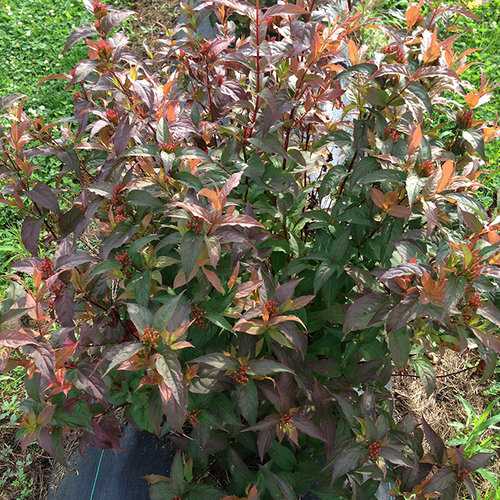

- Powdery Mildew: This fungal disease appears as a white, powdery coating on the leaves and stems. Ensure good air circulation and avoid watering the leaves to prevent powdery mildew. If detected, treat with a fungicide suitable for Dierwilla plants.
- Leaf Spot: Leaf spot is caused by various fungi and can result in dark spots or lesions on the leaves. Remove and destroy infected leaves to prevent the spread of the disease. Fungicide application may be necessary for severe cases.
- Leaf Rust: Leaf rust appears as yellow-orange pustules on the undersides of leaves. It is a fungal disease that can weaken the plant and reduce its vigor. Apply a suitable fungicide to control leaf rust.
- Root Rot: Overwatering or poorly draining soil can lead to root rot, a disease caused by fungi that attack the plant’s roots. Ensure proper drainage and avoid overwatering to prevent root rot. If root rot is detected, remove the affected parts and replant in fresh soil.
Regularly inspecting your Dierwilla plants for pests and diseases, along with maintaining good cultural practices such as proper watering and fertilization, will help ensure your plants stay healthy and productive.
Harvesting and storage
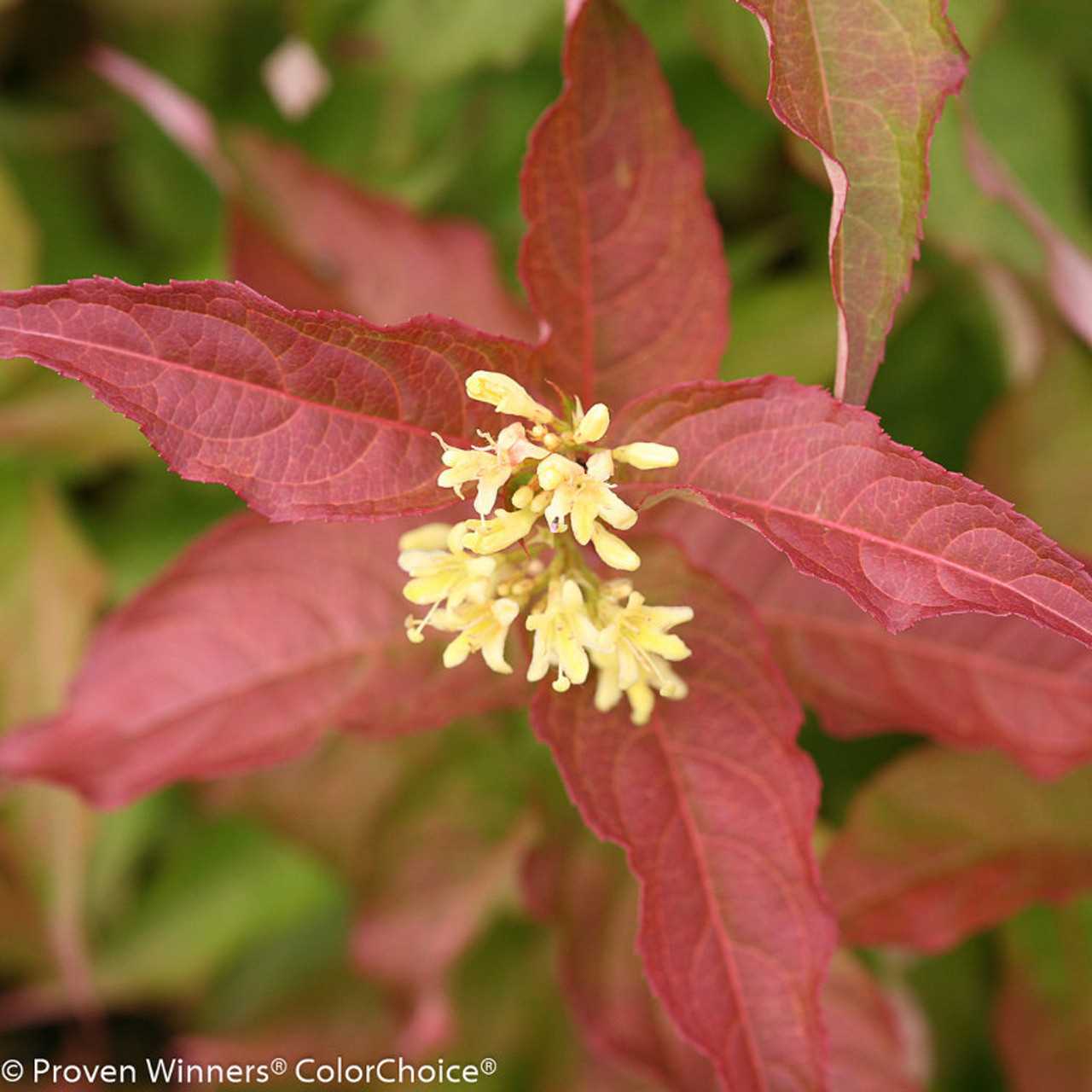

When it comes to harvesting dierwilla, timing is crucial. The ideal time to harvest dierwilla is when the fruits have turned dark purple and feel soft when touched. This usually occurs in late summer or early fall, depending on your location.
Here are some steps to follow when harvesting dierwilla:
- Wear gloves to protect your hands from the thorny branches.
- Locate the ripe fruits and gently twist them off the branches.
- Place the harvested fruits in a clean container, making sure not to stack them on top of each other.
- Inspect the fruits for any signs of damage or rotting. Discard any fruits that are not in good condition.
Once you have harvested your dierwilla fruits, it’s important to store them properly to ensure their freshness and longevity. Here are some tips for storing dierwilla:
- Place the fruits in a cool and dark location, such as a refrigerator or a root cellar.
- Keep the fruits in a well-ventilated container to prevent moisture buildup.
- Avoid washing the fruits before storage, as this can lead to spoilage. Instead, wash them right before consuming or using them.
- Check on the stored fruits regularly and remove any that show signs of spoilage.
- Dierwilla fruits can be stored for up to a month if kept in optimal conditions.
By following these guidelines, you can ensure that your harvested dierwilla fruits remain fresh and delicious for an extended period of time.
Troubleshooting common issues
If you’re experiencing any issues with growing Dierwilla, here are some common problems and their solutions:
1. Leaf discoloration
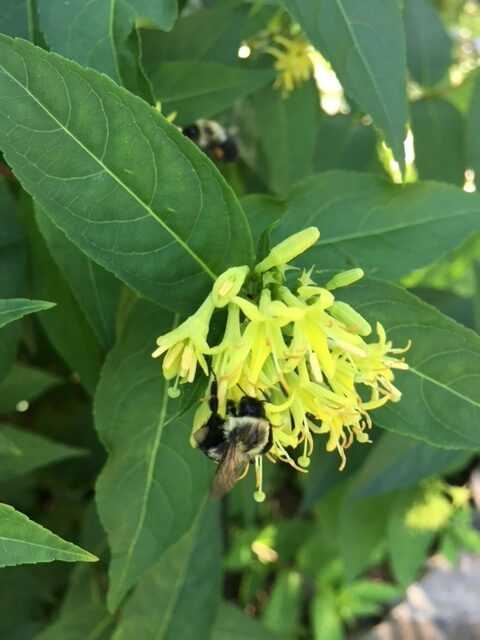

If you notice that the leaves of your Dierwilla plant are turning yellow or brown, it could be a sign of nutrient deficiency. Make sure you are providing the plant with enough fertilizers and nutrients, especially nitrogen, phosphorus, and potassium. Additionally, check the pH level of the soil and adjust it if necessary.
2. Poor growth
If your Dierwilla plant is not growing as expected, it could be due to inadequate sunlight or poor watering practices. Ensure that the plant receives at least 6-8 hours of direct sunlight each day. Additionally, avoid over-watering or under-watering the plant. Dierwilla requires well-draining soil and regular watering when the top inch of soil feels dry.
3. Pest infestation
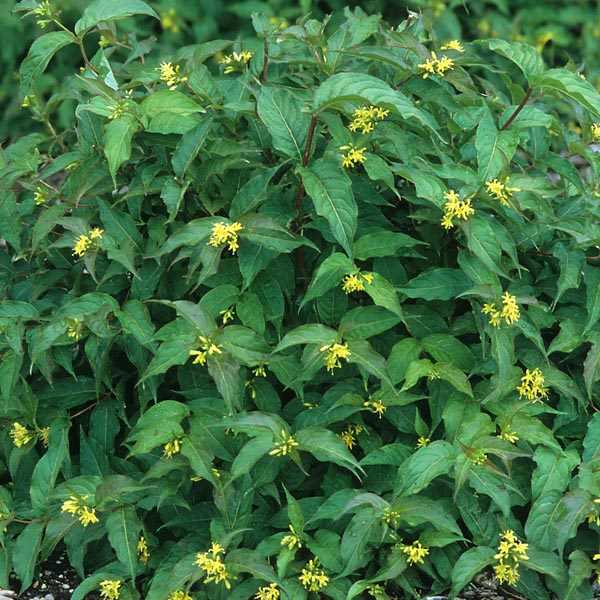

Dierwilla plants are susceptible to pests such as aphids, mealybugs, and spider mites. If you notice any signs of pest infestation, such as visible insects or sticky residue on the leaves, take immediate action. Use insecticidal soap or neem oil to control the pests. Regularly inspect the plant for any signs of pests and remove them manually if necessary.
4. Wilting or drooping leaves
If the leaves of your Dierwilla plant are wilting or drooping, it could be a sign of over-watering or insufficient drainage. Check the soil moisture level and make sure to water the plant only when the top inch of soil feels dry. Improve the drainage of the soil by adding organic matter or perlite.
5. Excessive leaf drop
If your Dierwilla plant is losing an excessive amount of leaves, it could be due to temperature fluctuations, inadequate humidity, or improper watering. Ensure the plant is placed in a stable temperature environment and provide sufficient humidity by misting the leaves regularly. Avoid over-watering or under-watering the plant.
6. No flowers
If your Diewilla plant is not producing any flowers, it could be due to insufficient sunlight, improper pruning, or lack of nutrients. Ensure the plant gets enough sunlight and prune it regularly to promote new growth and flowering. Additionally, make sure the plant is receiving sufficient nutrients through fertilizers or organic matter.
7. Curling or distorted leaves
If the leaves of your Dierwilla plant are curling or becoming distorted, it could be a sign of a virus or fungal infection. Remove and destroy the affected leaves to prevent the spread of the disease. Ensure the plant is placed in a well-ventilated area to reduce humidity and promote airflow.
By addressing these common issues, you can ensure the healthy growth and development of your Dierwilla plant.
Questions and Answers:
What is Dierwilla?
Dierwilla is a plant that belongs to the family Diervillaceae. It is a deciduous shrub that is native to North America.
What are the ideal conditions for growing Dierwilla?
Dierwilla prefers full sun to partial shade and well-drained soil. It can tolerate a wide range of soil types, but it does best in moist, fertile soil.
How do I plant Dierwilla?
To plant Dierwilla, dig a hole that is twice as wide and deep as the root ball of the plant. Place the plant in the hole and backfill with soil, making sure to firm it gently around the roots. Water the plant thoroughly after planting.
When is the best time to plant Dierwilla?
The best time to plant Dierwilla is in the spring or fall, when the weather is cool and there is less stress on the plant. Avoid planting during the hot summer months, as this can cause excessive stress on the plant.
How often should I water Dierwilla?
Dierwilla should be watered regularly, especially during the hot summer months. The plant prefers moist soil, but be careful not to overwater, as this can lead to root rot. It is best to water deeply and then allow the soil to dry out slightly before watering again.







